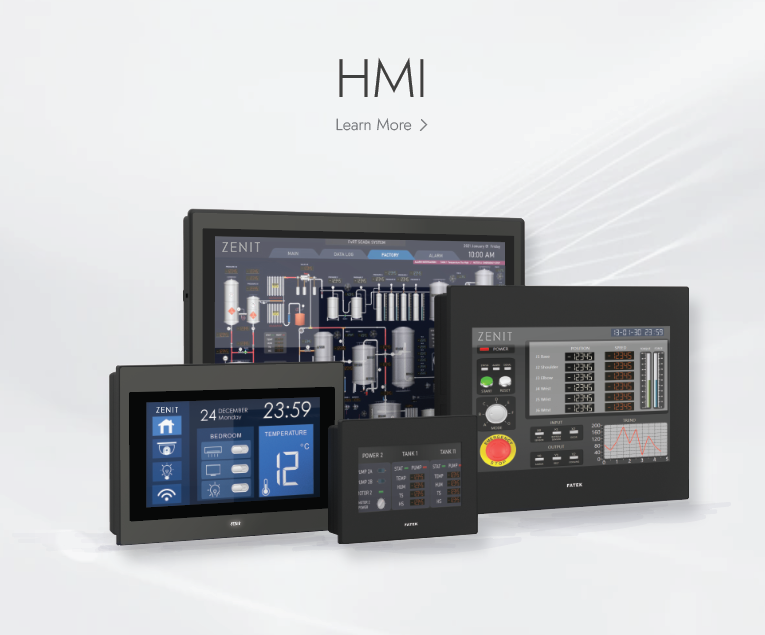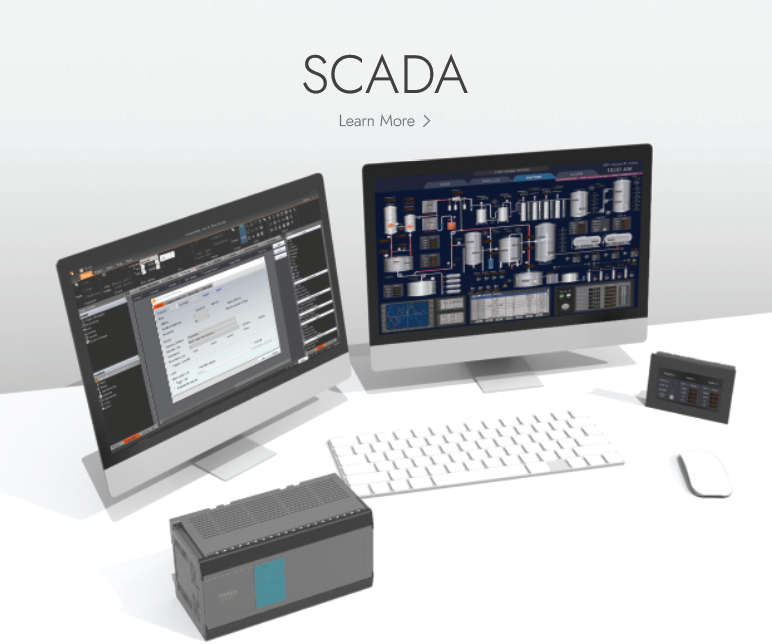

OVERVIEW
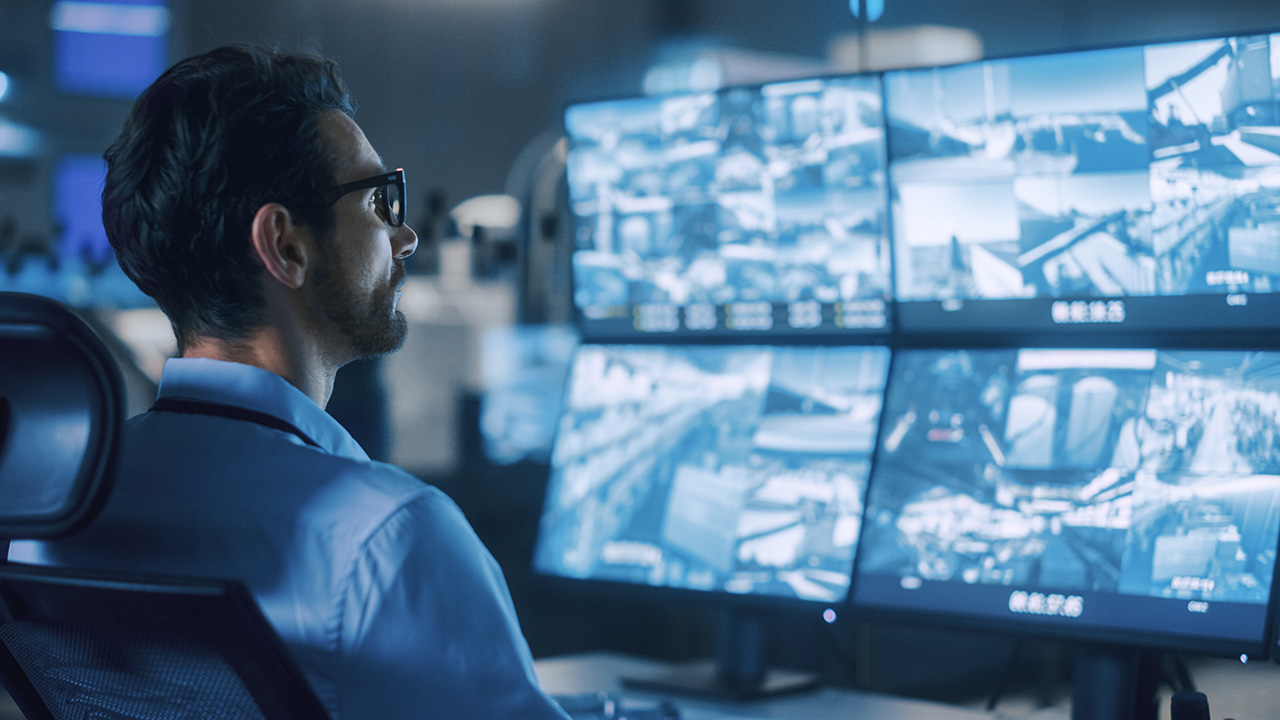
Traffic Flow Monitoring
With the increasing popularity of automobiles, traffic pressure is also rising, resulting in a continuous increase in the time cost of traffic congestion. Nowadays, by collecting traffic flow data from various locations using sensors and transmitting it to a control center for analysis, controllers can effectively and immediately regulate road access or traffic signals based on the analysis results. This helps disperse traffic flow and reduces significant social costs caused by congestion.
- Inductive Loop Sensor
- Traffic Light Signal
- Traffic Flow Signboard
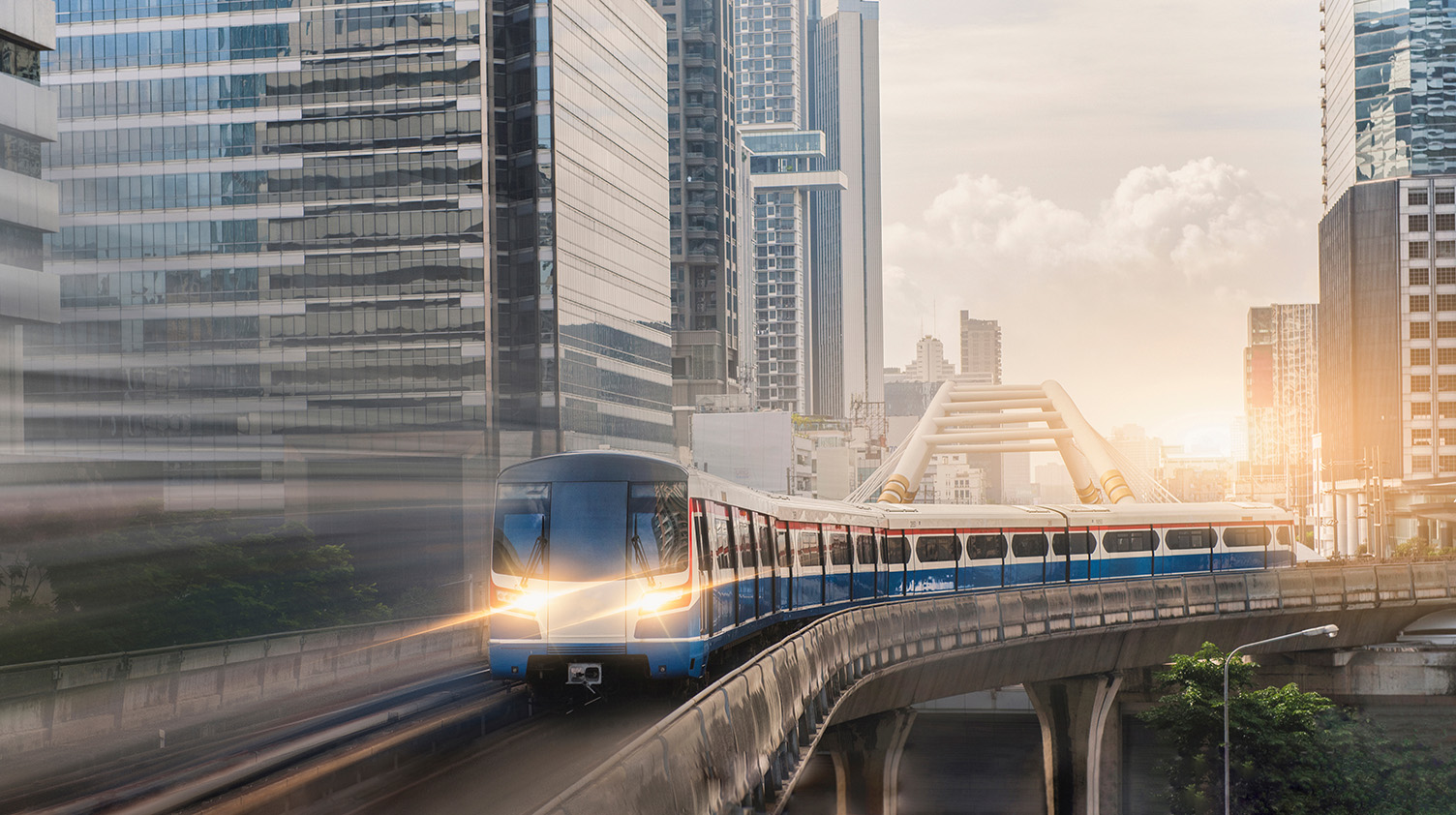
Railway System
Railway transportation is the safest and most convenient mode of transportation. Behind the continuous and stable operation of this large and complex system lies a multitude of precise and reliable controllers. When a train enters or exits a station, the controller triggers the precise operation of the switch to ensure that the train runs along the target track. Upon reaching the designated stopping point, the controller controls the opening and closing of the train doors and station gates to prevent passengers from falling onto the tracks. When the train approaches a level crossing, the controller triggers the lowering of barriers and continuously monitors the status of emergency buttons and surrounding sensors to ensure the safety of the train and traffic. Inside the train, the controller monitors the air-conditioning, fire protection, and vacuum toilet systems to ensure that all functions of the train operate normally.
- Switch System
- Level Crossing System
- Station Gates
- Interior Coach System (Air Conditioning, Internal Circuits)

Parking System
With the continuous shrinkage of urban space and the increasing number of vehicles, high-density mechanical parking towers provide an excellent solution in the downtown area where land costs are extremely high. After the parking process is initiated, the controller calculates and selects an appropriate empty parking space in the mechanical parking tower for dispatch. When the parking space moves to the designated location, the parking barrier opens for the parking maneuver, and after the vehicle is parked securely, the parking process is activated. During the parking dispatch process, the control system continuously monitors various sensors to ensure the safety of personnel and the system, and quickly and accurately dispatches the vehicle to the designated location.
- Mechanical Parking Tower
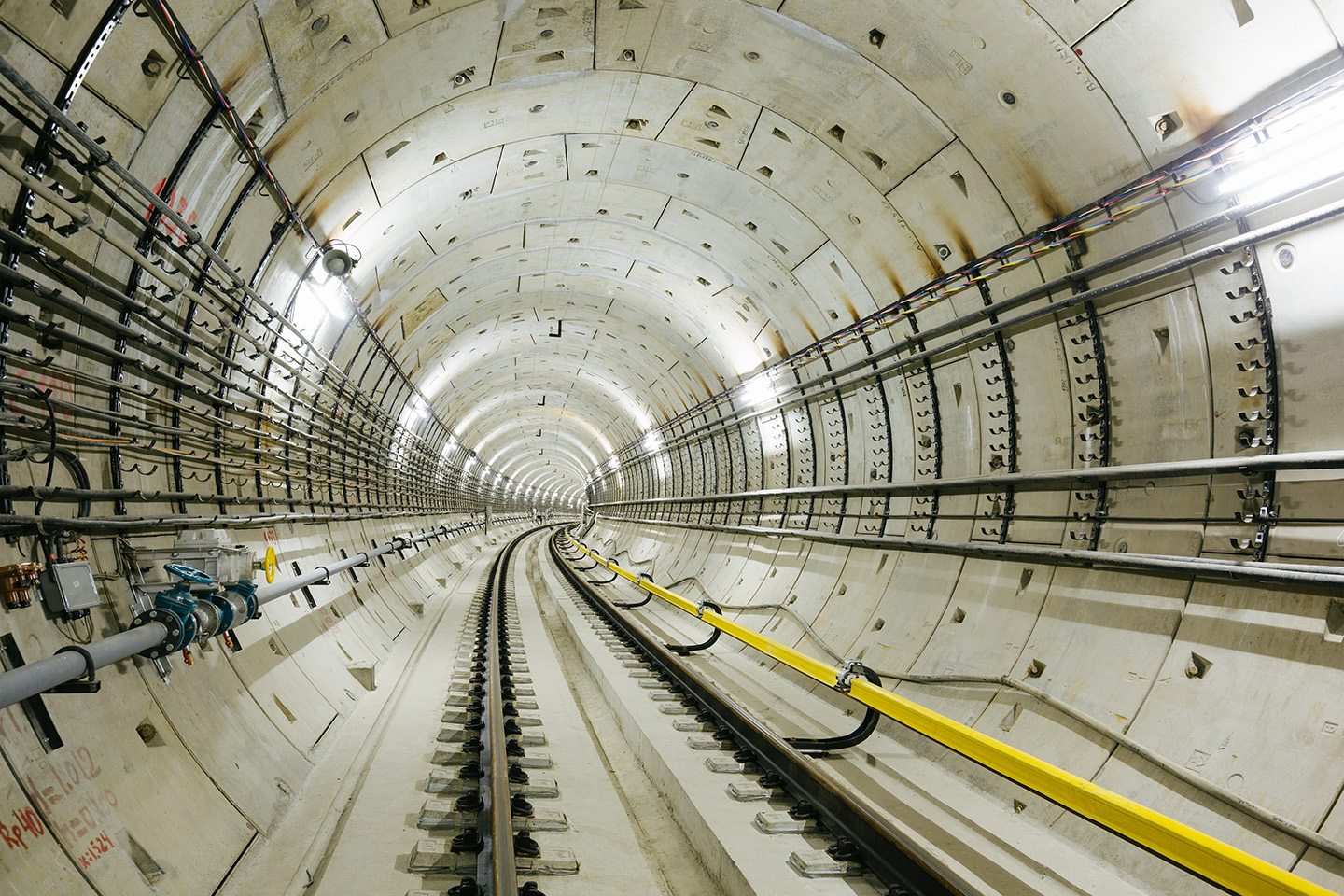
Railway Tunnel Monitoring
Tunnels connect two previously isolated locations, improving transportation efficiency, but everything must be built on the principle that sensors and controllers can ensure the safe operation of the tunnel system. Once a train enters a tunnel, it loses satellite signals and must rely on sensors to update its position. The enclosed, humid, and hot environment requires sensors to monitor temperature and humidity, and controllers to manipulate ventilation systems for environmental regulation. When sensors detect a fire, based on the location of the fire source and the train, corresponding ventilation facilities and fire doors are activated to ensure unimpeded evacuation routes for passengers.
- Railway Tunnel
- Tunnel Ventilation Equipment
TECHNOLOGY
 1231231311231
1231231311231Database Interaction
The HMI can connect to a database, allowing managers to update equipment parameters online based on different order requirements. Field personnel can utilize the database query function to immediately allocate production line resources and update the collected production status to the database, facilitating integration with other systems.
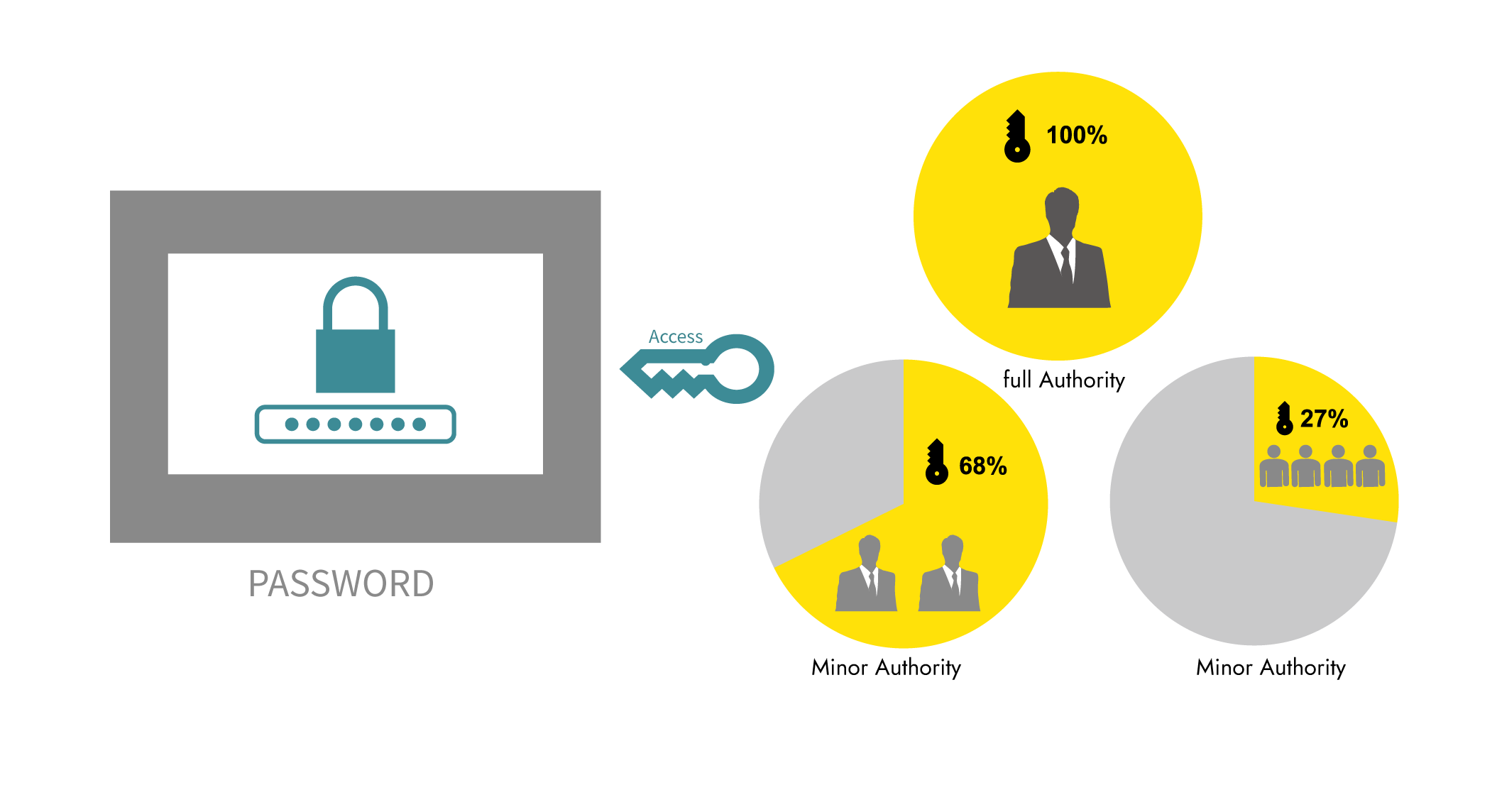
Security Levels and Users
▸ The security function offers 16 user levels and 100 user accounts, with each user level and account customizable with a unique password. Import and export functions are also available, enhancing flexibility and convenience.
▸ If a user enters an incorrect password, buttons, switches, and input components with assigned permissions will be disabled. Furthermore, operators without corresponding permissions will not even be able to see the objects.
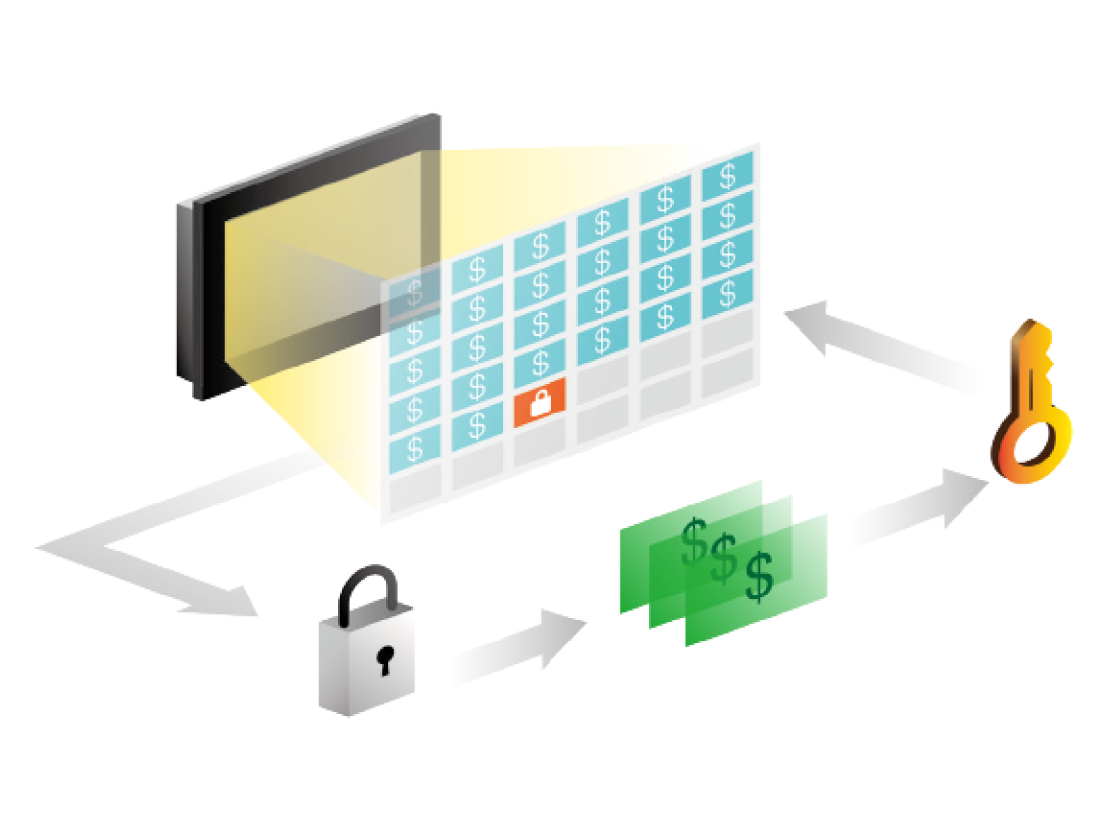 1231231311231
1231231311231Installment Payment
▸ Static Mode: Allows setting up to 48 installments, with each due date being freely customizable. Provides the ability to modify settings during operation, eliminating the need to re-download the project during installation.
▸ Dynamic Mode: Does not require pre-determining the current due date. Only requires a key and a dynamic password tool to generate the password for the next due date.
ARTICLES

